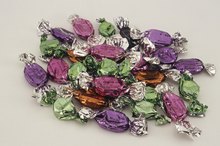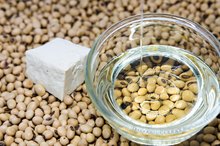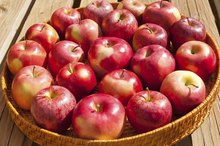What does fact checked mean?
At Healthfully, we strive to deliver objective content that is accurate and up-to-date. Our team periodically reviews articles in order to ensure content quality. The sources cited below consist of evidence from peer-reviewed journals, prominent medical organizations, academic associations, and government data.
- National Digestive Diseases Information Clearinghouse: Gas in the Digestive Tract
- MedlinePlus: High-Fiber Foods
The information contained on this site is for informational purposes only, and should not be used as a substitute for the advice of a professional health care provider. Please check with the appropriate physician regarding health questions and concerns. Although we strive to deliver accurate and up-to-date information, no guarantee to that effect is made.
What Causes Abdominal Bloating After Eating?
Gas in the digestive tract commonly causes an uneasy feeling of fullness in the abdomen known as bloating. Less often, bloating is the result of certain digestive conditions that cause intestinal obstruction, or rapid emptying of the stomach's contents. Bloating can cause discomfort and even abdominal pain. If you are otherwise healthy and find yourself feeling bloated after eating, it is likely gas-related.
If you are experiencing serious medical symptoms, seek emergency treatment immediately.
Possible Culprits
Eating too fast and swallowing too much air can cause increased gas in the intestines and lead to bloating. Certain foods, especially those high in fiber such as beans, vegetables and fruit, may cause bloating 1. You can also experience bloating if you have trouble digesting certain nutrients, such as milk sugar, or lactose. Rapidly increasing fiber intake is a common culprit. If you're trying to increase your fiber intake, do so gradually to decrease discomfort. (Keep a food diary for help determining which foods cause you to feel bloated. Write down the content of your meals and take note when bloating occurs to give you a better idea of the cause.
- Eating too fast and swallowing too much air can cause increased gas in the intestines and lead to bloating.
- Write down the content of your meals and take note when bloating occurs to give you a better idea of the cause.
Related Articles
References
Writer Bio
Janet Renee is a clinical dietitian with a special interest in weight management, sports dietetics, medical nutrition therapy and diet trends. She earned her Master of Science in nutrition from the University of Chicago and has contributed to health and wellness magazines, including Prevention, Self, Shape and Cooking Light.









